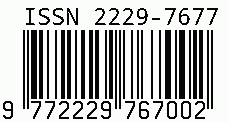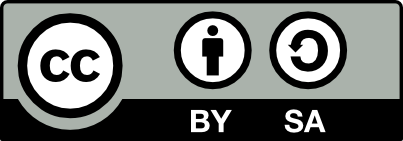
International Journal on Science and Technology
E-ISSN: 2229-7677
•
Impact Factor: 9.88
A Widely Indexed Open Access Peer Reviewed Multidisciplinary Bi-monthly Scholarly International Journal
Plagiarism is checked by the leading plagiarism checker
Call for Paper
Volume 16 Issue 4
October-December 2025
Indexing Partners



















“A Study on the Relationship and Applications of the Fibonacci Sequence and the Golden Ratio”
| Author(s) | Mr. Ajit Prataprao Dhumal |
|---|---|
| Country | India |
| Abstract | The Fibonacci sequence and the Golden Ratio represent fundamental mathematical patterns that exhibit a strong quantitative relationship and wide interdisciplinary relevance. This study investigates the mathematical convergence of the ratio of consecutive Fibonacci numbers toward the Golden Ratio (φ ≈ 1.618) and analyses their manifestations across natural, structural, and aesthetic systems. The research employs analytical and literature-based approaches to explore how these patterns describe biological morphogenesis, phyllotactic arrangements, architectural proportions, and artistic compositions. Mathematical modelling illustrates that the Fibonacci progression serves as a numerical approximation of the Golden Ratio, providing a framework for understanding growth efficiency and structural balance in nature and design. The study concludes that the Fibonacci–Golden Ratio relationship exemplifies the deep connection between mathematical theory and real-world phenomena, offering valuable insights into the optimization and harmony observed in both natural and human-created systems. |
| Keywords | Fibonacci sequence, Golden Ratio, Fibonacci number |
| Field | Mathematics |
| Published In | Volume 16, Issue 4, October-December 2025 |
| Published On | 2025-10-29 |
| DOI | https://doi.org/10.71097/IJSAT.v16.i4.8931 |
| Short DOI | https://doi.org/g98nc8 |
Share this


CrossRef DOI is assigned to each research paper published in our journal.
IJSAT DOI prefix is
10.71097/IJSAT
Downloads
All research papers published on this website are licensed under Creative Commons Attribution-ShareAlike 4.0 International License, and all rights belong to their respective authors/researchers.

